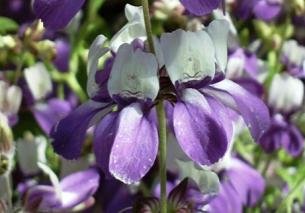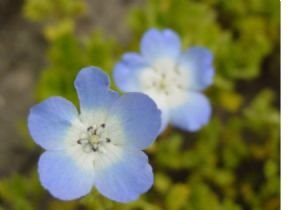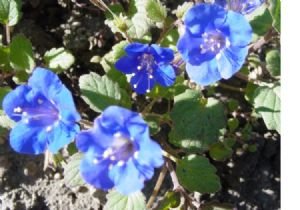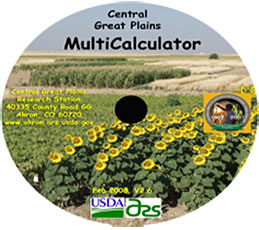"One of the primary concerns in establishing new forage stands in a well-tilled seedbed is the threat of soil erosion during the establishment period. In addition to reducing soil erosion, no-till seedings conserve moisture already present

in the seedbed," says John Hobbs, an agriculture and rural development specialist with University of Missouri Extension.
Moisture conservation, along with a dramatic reduction in water run-off, improves the water supply for the new seedlings.
No-till seeding methods also require less time and fuel than traditional methods because rocks remain below the soil surface.
No-till seeding can also improve the forage quality of existing pastures and hay fields.
"No-till seeding practices can be used to completely reseed forage stands that have become unproductive," said Hobbs.
Forage stands can be improved using no- till methods to add legumes to pure grass stands and to strengthen weak grass stands through the introduction of both legumes and/or grasses.
There are several rules that must be followed for no-till seeding to be successful.
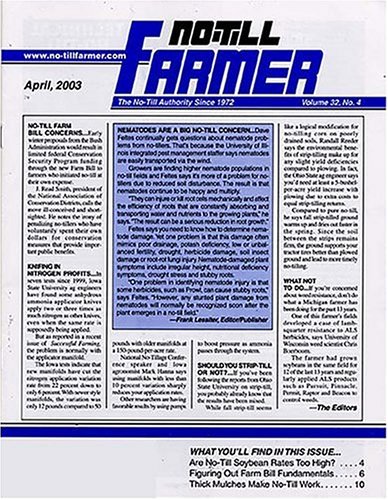
The five most important are: proper soil testing, minimizing competition fromexisting sod, seeding on the proper date, using high quality seed, and controlling the depth of seeding.
"It is a waste of time and money to try to establish or improve stands when the soil fertility and/or pH are too low to support productive plants," said Hobbs. "You have to fertilize and lime according to soil test recommendations prior to seeding."
Landowners also need to graze fields, cut them for hay or apply herbicides to reduce competition from existing sod or cover. After seeding into an existing pasture, periodically graze or mow the growth of existing pasture or hay plants to favor growth of the newly established seedlings.
"No-till seeding can be successfully done in late winter, spring or early fall, but it is important to make plans and preparations in advance so the seeding can be made on time," said Hobbs.
The use of seeds with a high germination percentage is also important for success. Cheap, low quality seed is often the most
costly item in no-till seeding because it results in low productivity stands or thin, weak plant density.
Making sure seeds are planted at the right depth is the final step toward success. Hobbs recommends adjusting seed equipment to place the seed at a shallow depth of one-quarter to one-half inch.
"Placing the seed too deep is the most common single reason for failure to get a stand. If you see a few seeds on the soil surface after seeding, then your seeding depth is about right," said Hobbs.
Source: John Hobbs, (417) 223-4775
Farm SupplyFarm Magazines:
No-Till FarmerArtwork:
South Pasture by David Marty
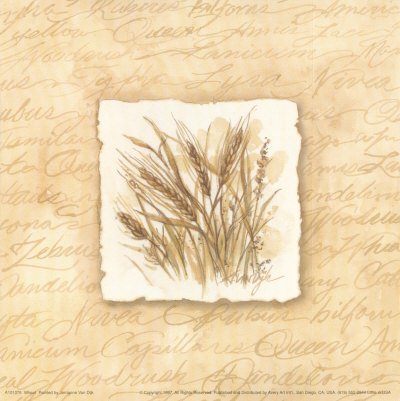 Wheat and corn are both members of the grass family, and as such, are affected by some of the same pests and diseases, one of which being head scab.
Wheat and corn are both members of the grass family, and as such, are affected by some of the same pests and diseases, one of which being head scab.


